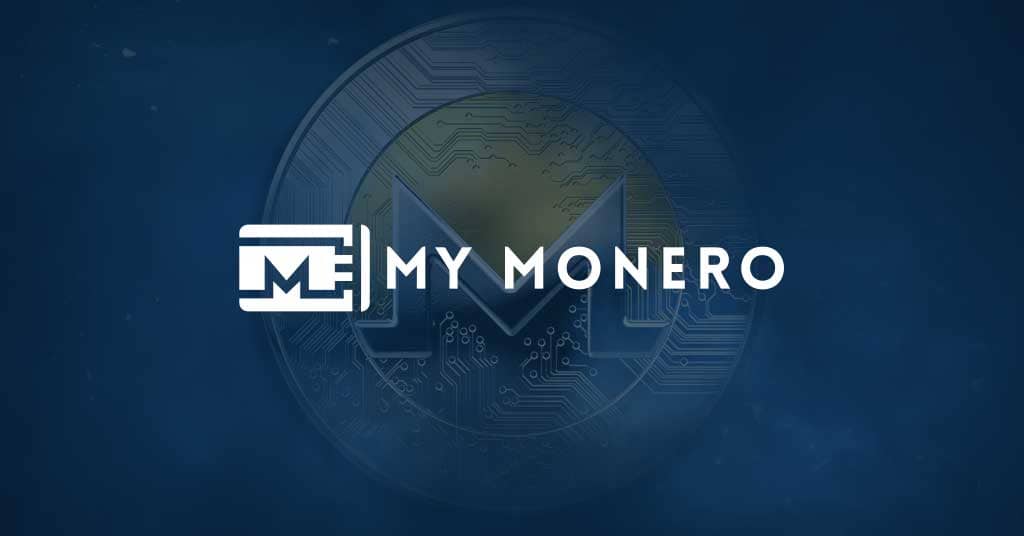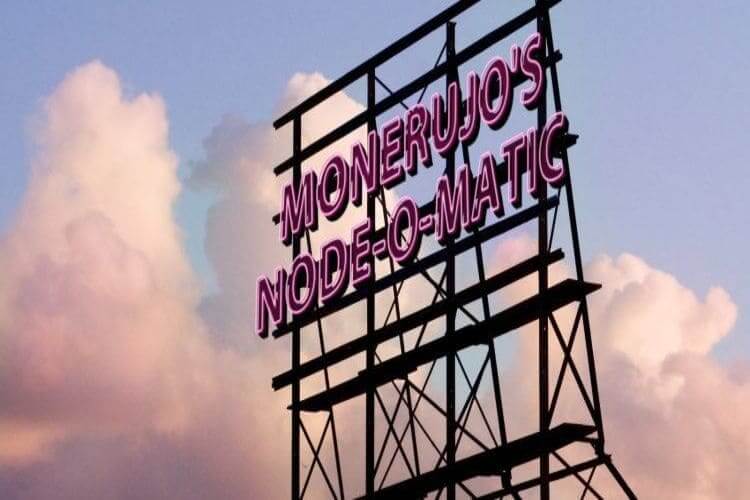MyMonero is a lightweight desktop and iOS app wallet developed by Monero Project steward, Riccardo Spagni, and the Monero Core Team. It was launched in 2014 as an alternative to Monero GUI – the full node client for Monero blockchain. And it seeks to address some of the challenges faced by Monero GUI users, including slow transaction processing speeds, extended wallet startup times, and drag on your computer memory, storage, and battery life.
On the MyMonero website, this desktop and mobile app wallet is described as the “Sweet spot between convenience, security, and features.” The website further adds that its development team has “Ironed out the technical details … so you can get back to business” by prioritizing the crypto wallet’s design.
But has MyMonero lived up to its expectations when it comes to balancing the ease of use with security and privacy? We answer this question and more in this MyMonero review.
MyMonero key features
Cross-platform support: MyMonero is a highly versatile crypto wallet that is compatible with multiple operating systems. Unlike the traditional Monero GUI that was only available as a desktop client, MyMonero is available as a web wallet, desktop app (Linux, Windows, and macOS compatible), and iOS mobile app.
Lightweight: MyMonero crypto wallet is also extremely light as it offloads all the heavy work to the MyMonero servers. This implies that you no longer have to download the Monero blockchain that drains its storage and RAM while eating into the battery life of your phone or computer.
Synchronized cross-platform experience: One of MyMonero wallet’s unique features is its cross-platform synchronization experience. This implies that you can easily get access to your wallet account, view transaction history and balances on any device. You only need the seed words to login to your wallet via any device.
Smart contacts management tool: MyMonero has an inbuilt Rolodex that helps you keep track of your private addresses, payment IDs, and OpenAlis addresses. You can also use smart Rolodex to manage your wallet contacts.
Speedy transfers: One of the benefits of MyMonero wallet’s lightweight nature is its speedy startup and fast transaction processing capabilities. You no longer have to wait, hours on end, for the full node client to sync with your wallet to initiate a Monero transaction.
MyMonero Security and privacy features
Password: Like any crypto wallet, MYMonero is secured with a password. The user sets this multi-character password during app installation and when registering a wallet account. It serves to protect your wallet from authorized attacks and also doubles up as an encryption tool.
Non-custodial: While MyMonero wallet servers run virtually all the wallet transactions, it won’t store your private keys. These are stored within the computer or mobile devices, giving you total control over your digital assets.
Strong encryption: All the data held in a MyMonero wallet is highly encrypted, especially the private keys and wallet communications with project servers and other third-party systems.
Native privacy: Monero takes pride in being one of the safest and most private blockchain networks around. MyMonero has taken this a step further and promotes anonymous crypto transactions by ensuring that the wallet doesn’t ask for any of your personally-identifiable details like name, address, or email. It also doesn’t keep logs for your crypto transactions, location, or device IP address. This approach to privacy beats the rudimental privacy systems put in place by some popular crypto wallets.
Open sourced: MyMonero wallet is also built on an open-sourced technology. Its users and blockchain security experts can view, audit, and recommend adjustments to the wallet app from its GitHub wallet repository.
How to set up and activate the MyMonero wallet
Step 1: Open the MyMonero official website and download the web wallet that is compatible with your device’s operating system
Step 2: Install and launch the wallet app to start the registration process
Step 3: Note that the app doesn’t ask for registration details. Rather, it will provide you with a private login key made up of 12 random phrases that double up as the wallet’s recovery seed and request that you set a password.
(Note: Write this private login key down on a physical piece of paper and keep it safe. You will not only need it to access the wallet on different devices, but it will also be needed when recovering lost private keys)
Step 4: Confirm that you have correctly written down the private login key by reentering it on the prompt tab
Step 5: Chose your preferred language and login to your MyMonero wallet
Step 6: Your account is now active and ready for use
How to add/receive coins to MyMonero wallet
Step 1: Log in to your MyMonero wallet, and on the user dashboard, click ‘Receive.’
Step 2: Copy the wallet’s public address or the QR code and forward either to the party sending you the Monero cryptos
Step 3: Wait for the coins to reflect on your wallet
How to send crypto from MyMonero wallet
Step 1: Log in to your MyMonero wallet and click the ‘Send’ tab on the user dashboard
Step 2: On the popup window, enter the recipient’s wallet address and amount of XMR you wish to send
Step 3: Enter the payment ID (This helps differentiate your transaction from others and is especially important when sending cryptos to an exchange)
Step 4: Set the privacy level for your transactions, from minimum to high or Paranoid (Monero pushes private transactions by bundling several transactions together and making it impossible to track either one to your crypto wallet. The ring size, presented as “With # others,” refers to the number of transactions bundled alongside yours).
Step 5: Confirm the correctness of the transaction details and hit send
MyMonero wallet ease of use
Downloading and installing the MyMonero wallet app or registering a user account on the MyMonero web wallet is easy. It also features a highly intuitive and beginner-friendly user interface. The user dashboard is also multi-lingual, easily navigable, and only features the most important aspects of the wallet. The process of sending and receiving cryptos into MyMonero wallet is equally easy and straightforward.
MyMonero wallet supported currencies.
MyMonero wallet will only support Monero (XMR) altcoins.
MyMonero wallet cost and fees
Downloading and installing the MyMonero wallet is free, and so is storing your XMR altcoins in the wallet. However, you will be charged a transaction fee every time you send XMR coins to another wallet or exchange. Ideally, there are two types of fees acting on an XMR transaction.
First, is the tax charged based on the amount of data it takes to complete the transaction. It is measured in Kilobytes and is charged at 0.002XMRs per KB. Second is the miner’s fee, which is approximately 50% of the transaction cost.
What are the pros and cons of using MyMonero wallet
Pros:
- MyMonero is a light wallet that doesn’t require you to download the full node blockchain
- MyMonero is private and highly encrypted to guarantee the privacy of your digital assets
- The wallet has one of the most interactive and beginner-friendly user interfaces
- The wallet is also relatively inexpensive
- It allows for anonymous registration and facilitates private crypto transactions
Cons:
- MyMonero will only support XRM cryptocurrencies
- It is an online wallet and still susceptible to the inherent risks facing hot wallets
- The wallet doesn’t support multi-signature functionality
- Comparing MyMonero wallet to other Eth-based crypto wallets
MyMonero wallet vs. Monero GUI
MyMonero desktop wallet can be best described as the stripped-down version of the Monero GUI. The two are almost identical in that they have similar roles in storing XRM coins and facilitating Monero transactions. The only difference between the two is that Monero GUI is a full node desktop client, while MyMonero is a light desktop app. These make MyWallet relatively easier to use and faster compared to Monero GUI.
Verdict: Is MyMonero wallet safe?
Well, MyMonero embraces the privacy-oriented nature of the Monero blockchain in the execution of its functions. It will not ask for the client’s personal data, nor collect or keep logs of your crypto activity. Additionally, any information stored within the open-sourced wallet is highly encrypted. These features have made MyMonero one of the most secure and one of the most private crypto wallets. However, we must observe that, though it is non-custodial, MyMonero is still online-based and, therefore, exposed to the inherent risks facing hot wallets.


